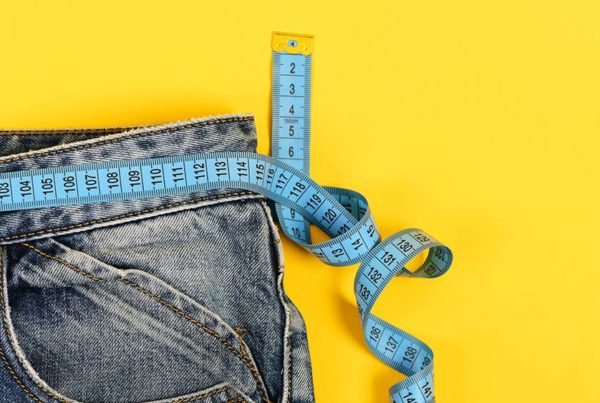Aging is highly influenced by oxygen. Take in either too much or too little, and you age faster.
A common by‐product of the body’s energy‐production processes is oxygen’s unstable and destructive cousin: superoxide or free‐radical oxygen. The best way to define aging is as the result of continuous reactions between the body’s cells and free radicals. When this process—also known as oxidative stress—goes unchecked, it can lead to serious health problems. In fact, oxidative stress is widely regarded as a contributor to every major chronic disease, including cancer, Alzheimer’s, heart disease and diabetes. Other effects are mental deterioration, loss of strength and bone loss, to name a few. The more of this damage, the more physiologically older we become.
By becoming aware of these potentially harmful substances, how they become produced and how we can control them, we can reduce the devastating effects of disease, and control the process of aging.
Normally, the body deploys free radicals to protect against harmful micro‐organisms and toxic substances. However, in a chemical‐saturated world, it is possible to produce too many free radicals. This typically results in the destructionof unstable polyunsaturated fatty acids. This process, called lipid peroxidation, is particularly associated with chronic inflammation.
This is the foundation for most chronic illnesses. For example, the accumulation of LDL cholesterol in the coronary arteries is a result of damage from lipid peroxidation. Lipid peroxidation can even produce toxins capable of traveling throughout the body. These toxins are known to be carcinogenic and even have the potential to cause genetic mutations.
Fortunately, the body has an effective way to combat oxidative stress: the antioxidant system. This mechanism controls free radicals by chemically changing them into harmless compounds. However, the body needs the raw materials that fuel this process in order for this to happen. These are the many nutritional antioxidants from healthy foods—the various vitamins, minerals and phytonutrients. But there must also be a location in which this process can occur: the aerobic muscle fibers.
Too much free radical activity, too little antioxidant activity, or both, is what speeds the aging process.
Antioxidants to the Rescue
The importance of getting antioxidants from foods is indisputable. Antioxidants are sometimes called free radical scavengers because they gobble up dangerous oxygen compounds, chemically speaking. This task is accomplished by two groups of antioxidants: The first group includes vitamins A, C and E, beta‐carotene, selenium, the bioflavanoids, and groups of phytonutrients such as phenols. As powerful as these are, an even more potent antioxidant is a compound known as glutathione. Glutathione is not found in food and can’t be taken in a pill, since it’s broken down in the stomach. The very best way to get enough glutathione is to give your body the raw materials it needs to make it. These include certain other nutrients from a healthy diet:
● The amino acid cysteine.
● The phytonutrient sulphoraphan.
● Lipoic acid.
● Gamma‐tocopherol and alpha‐tocotrienol, parts of the vitamin E
● Vitamin C.
Don’t worry about remembering the names of these nutrients, Instead, focus on eating as many antioxidant‐rich organic foods as possible, including a wide variety of vegetables and fruits, including blueberries and other berries, sesame seeds, almonds, extra‐virgin olive oil, green and black tea, and red wine. Meats—especially beef—contain significant amounts of certain antioxidants, as does whey. Even though there are now hundreds of antioxidant products available in pill, liquid, powder and other forms, only take supplements when absolutely necessary, and only those made from real, raw foods.
Part 2 of this article will discuss how to use active interventions to lower your physiological age: how to make your body better at eliminating free radicals, and how to remove damaging toxins from your daily life.








